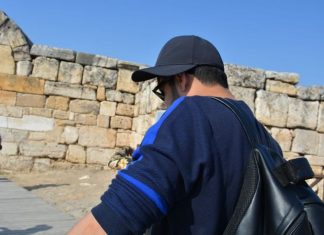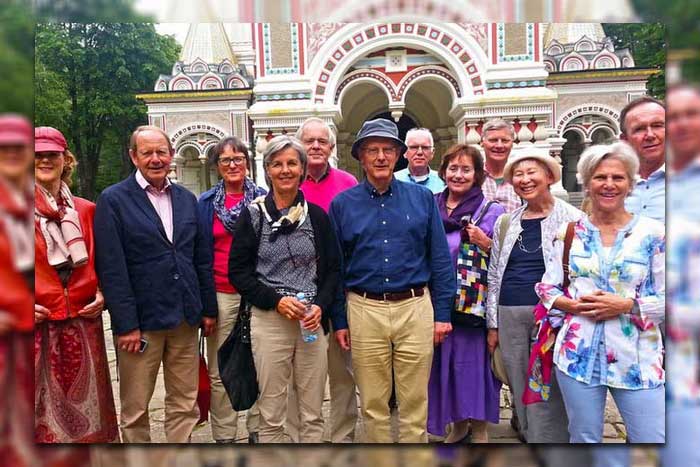Discovering Brusa
A Historic Ottoman Capital
A visit to Brusa, the once vibrant capital of the Ottoman Empire, requires a minimum of three days, including a full...
Treasures of Brusa
Mosques, Tombs, and Citadel
Ulu Jami (The Big Mosque)
Ulu Jami, also known as The Big Mosque, stands as a testament to the contributions of three...
A Glimpse into Ottoman History
Towards the end of the eleventh century, Brusa came under the control of the Seljuk Turks. However, they abandoned the city following the Crusaders’...







